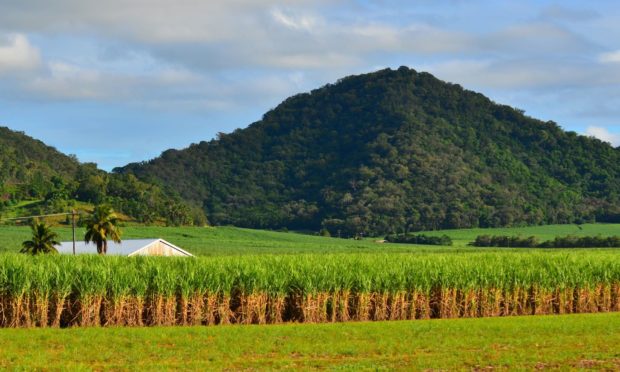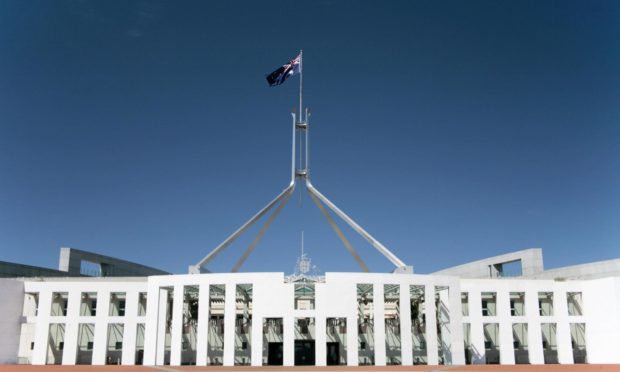Boris Johnson says there is now a “strong possibility” the UK will fail to strike a post-Brexit trade deal with the EU.
The prime minister says British negotiators, who resumed talks with their EU counterparts in Brussels this week, would “go the extra mile” to reach a deal.
But he warned the EU wanted to keep the UK “locked” into its legal system or face punishments such as taxes on imports, which had “made things much more difficult”.
Mr Johnson has characterised Britain leaving without an agreement as leaving on Australia terms, but what does that actually mean?
What did Boris Johnson say?
The prime minister said on Thursday night there is a “strong possibility” the “Australia option” will be where Britain ends up.
“Now is the time for the public and for businesses to get ready for January 1 because, believe me, there’s going to be change either way,” Mr Johnson said.
Now is the time for the public and businesses to get ready for the Australian option on January 1st. pic.twitter.com/lLJfmIy9XI
— Boris Johnson (@BorisJohnson) December 10, 2020
“There will be change whether it’s a Canada-style deal or an Australia-style deal, but we certainly now need to make proper preparations for that Australia solution.”
What is an ‘Australia-style deal’?
Australia deals with the EU mainly under World Trade Organization (WTO) rules, meaning a range of tariffs, quota restrictions and customs checks are applied to many traded goods.
Downing Street began using the “Australia-style” term at the beginning of the year as a more palatable shorthand for a no-deal Brexit.
Carl Bildt, co-chairman of the European Council on Foreign Relations, previously tweeted: “Prime Minister Boris Johnson talks about an Australia situation, which he means no-deal with the EU.
“He probably thinks it sounds better like that. Someone should tell him that Australia is actually busy negotiating a trade deal with the EU.”
How does Australia rate its trading relationship with the EU?
Malcolm Turnbull, who was prime minister of Australia until 2018, said the current arrangement means Australia has “very large barriers” to trading with the EU and warned Mr Johnson that ending the Brexit transition period on similar terms will be “pretty disappointing”.
“There are very big barriers to Australian exports of agricultural products in particular, there’s a lot of friction in the system in terms of services, there’s a lot to aim for,” Mr Turnbull told BBC Question Time on Thursday night.
“Be careful what you wish for. Australia’s relationship with the EU is not one, from a trade point of view, that Britain would want.”
Former Australian Prime Minister @TurnbullMalcolm warns the UK against relying on WTO rules for business with Europe. #bbcqt pic.twitter.com/u3OiLJ7SH8
— BBC Question Time (@bbcquestiontime) December 10, 2020
“So, you know, be careful what you wish for. Australia’s relationship with the EU is not one, from a trade point of view, that I think Britain would want, frankly,” he added.
It’s also worth noting that Australia wants to improve its trading relationship with the EU – the two sides have been negotiating a free trade deal since 2018.

